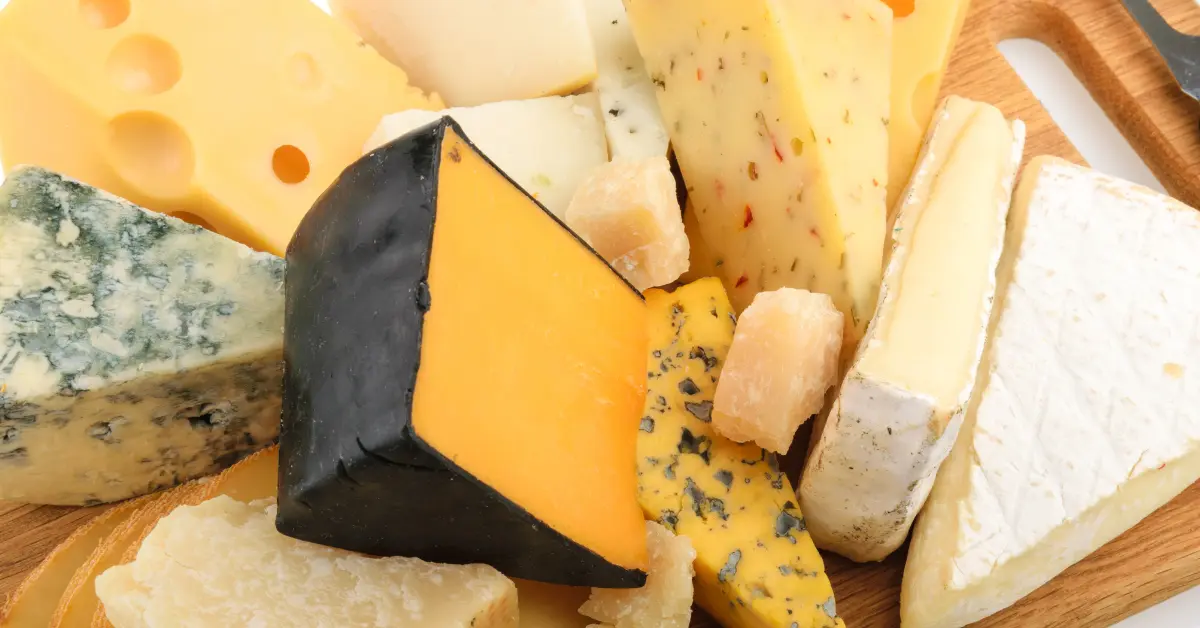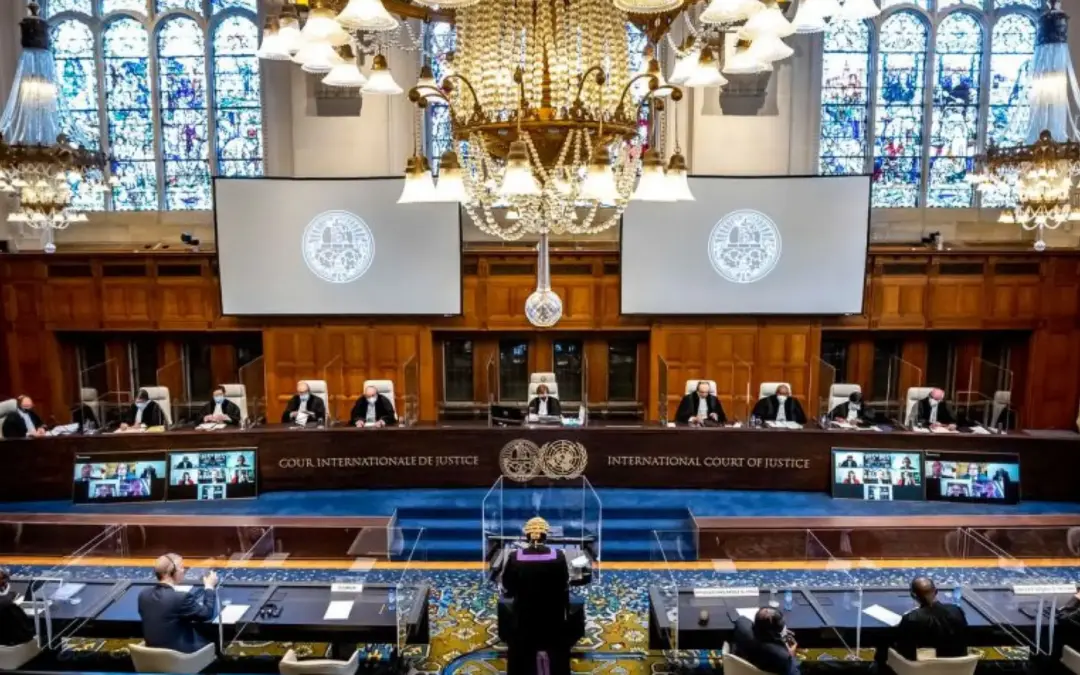The rise of counterfeit goods has extended beyond luxury handbags and designer watches to infiltrate the food industry. From olive oil to seafood, unsuspecting consumers are often served imitations instead of the real deal. In this article, we’ll delve into 11 of the world’s most faked foods, shedding light on the alarming scale of food fraud while highlighting the potential risks to our health and wallets.
- Olive Oil: Liquid Gold or Faux Elixir?
Olive oil, often referred to as “liquid gold,” is a staple in many cuisines. However, it’s also one of the most counterfeited food products globally. Fraudulent practices range from diluting extra virgin olive oil with cheaper oils to selling entirely fake concoctions. According to the Olive Oil Times, up to 80% of olive oil labeled as “extra virgin” in the U.S. may be fake.
- Honey: Sweet Deception
The honey industry has been plagued by fraudulent honey labeled as pure and natural. A study published in the journal Food Chemistry found that nearly a third of honey samples purchased globally were adulterated with added sugars or syrups. This not only cheats consumers but also threatens honeybee populations and ecosystems.
- Wine: Corking the Counterfeits
Fine wine forgery is a lucrative business. Counterfeiters often repackage cheaper wines as high-end vintages or produce counterfeit labels. This undermines the integrity of the wine industry. As reported by The Drinks Business, fake wine sales cost the global wine market billions of dollars annually.
- Seafood: A Fishy Business
Mislabeling seafood is widespread, with cheaper fish being sold as more expensive varieties. Oceana, an ocean conservation organization, reports that seafood fraud occurs in up to 38% of samples tested in the United States. This not only cheats consumers but can also have serious health implications due to allergen risks.
- Milk and Dairy Products: White Lies
Milk and dairy products are susceptible to adulteration through the addition of water, cheaper ingredients, or the use of counterfeit packaging. A study in the journal Food Control found that up to 82% of milk samples tested in India were adulterated.
- Saffron: The World’s Most Expensive Spice
Saffron is often dubbed the world’s most expensive spice, making it a prime target for counterfeiting. Adulterants such as marigold petals, safflower, and even colored corn silk are used to bulk up saffron. According to the International Journal of Food Science, up to 90% of saffron sold worldwide is fake.
- Truffles: The Underground Treasure
Truffles, a delicacy among food connoisseurs, are highly sought after, and this demand has led to an increase in counterfeit truffle products. The New York Times reported on cases of synthetic truffle oil being sold as the real thing.
- Spices: Adding Spice to Deception
Spices like paprika, black pepper, and vanilla are often counterfeited with cheaper alternatives. The American Spice Trade Association estimates that up to 20% of spices sold globally may be adulterated.
- Coffee: Brewing Up Imitations
Coffee is susceptible to fraud through the blending of low-quality beans with premium ones or selling entirely fake coffee. The National Coffee Association warns that coffee fraud can compromise the taste and quality of your daily brew.
- Maple Syrup: Sticky Business
Pure maple syrup is a cherished commodity, but some producers dilute it with cheaper syrups or even use artificial flavorings. The Vermont Agency of Agriculture reports that fake maple syrup continues to be a concern in the industry.
- Cheese: The Imitation Game
Cheese is another victim of food fraud. Some producers use substitutes and additives to mimic the taste, texture, and appearance of genuine cheese. This not only deceives consumers but also undermines artisanal cheese producers.
Food fraud is a global issue that affects consumers, producers, and the food industry as a whole. The scale of counterfeit food production is alarming, with potentially harmful consequences for our health and wallets. To protect ourselves, it’s crucial to be vigilant consumers and support initiatives that promote transparency and authenticity in the food supply chain. By raising awareness about the world’s most faked foods, we can make more informed choices and take steps towards ensuring that what we eat is what we pay for.
Sources:
- Olive Oil Times – “Report: 80% of Italian Olive Oil in U.S. is Fake” (oliveoiltimes.com)
- Food Chemistry – “Authenticity and geographic origin of global honeys determined using carbon isotope ratios and trace elements” (sciencedirect.com)
- The Drinks Business – “Fake wine costs global market billions of dollars” (thedrinksbusiness.com)
- Oceana – “Oceana Study Reveals Seafood Fraud Nationwide” (oceana.org)
- Food Control – “Detection of milk adulterants: A review” (sciencedirect.com)
- International Journal of Food Science – “Adulteration of saffron (Crocus sativus) with plant adulterants” (hindawi.com)
- The New York Times – “What’s That Smell? It’s ‘Truffle Oil’ Again” (nytimes.com)
- American Spice Trade Association – “Spice Adulteration” (astaspice.org)
- National Coffee Association – “Coffee and Fraud” (nationalcoffeeassociation.org)
- Vermont Agency of Agriculture – “Vermont Maple Syrup Grades & Labeling Standards” (agriculture.vermont.gov)
- Cheese Reporter – “Global Cheese Sales Are Growing 3% Annually” (cheesereporter.com)











